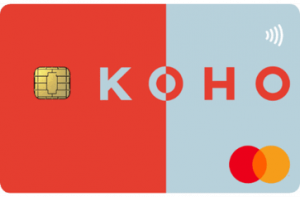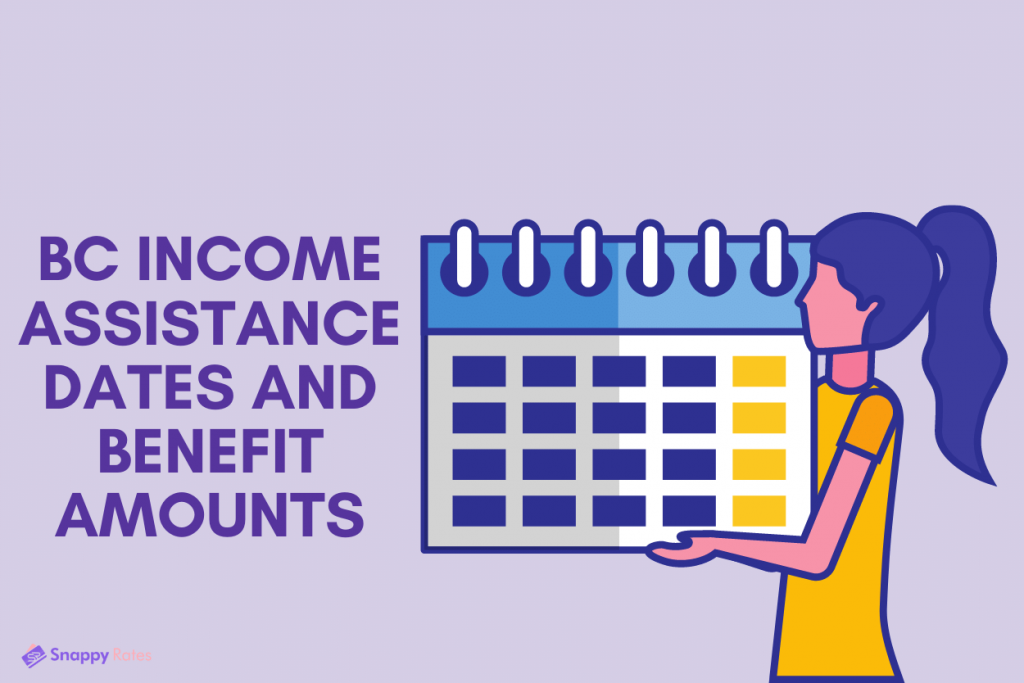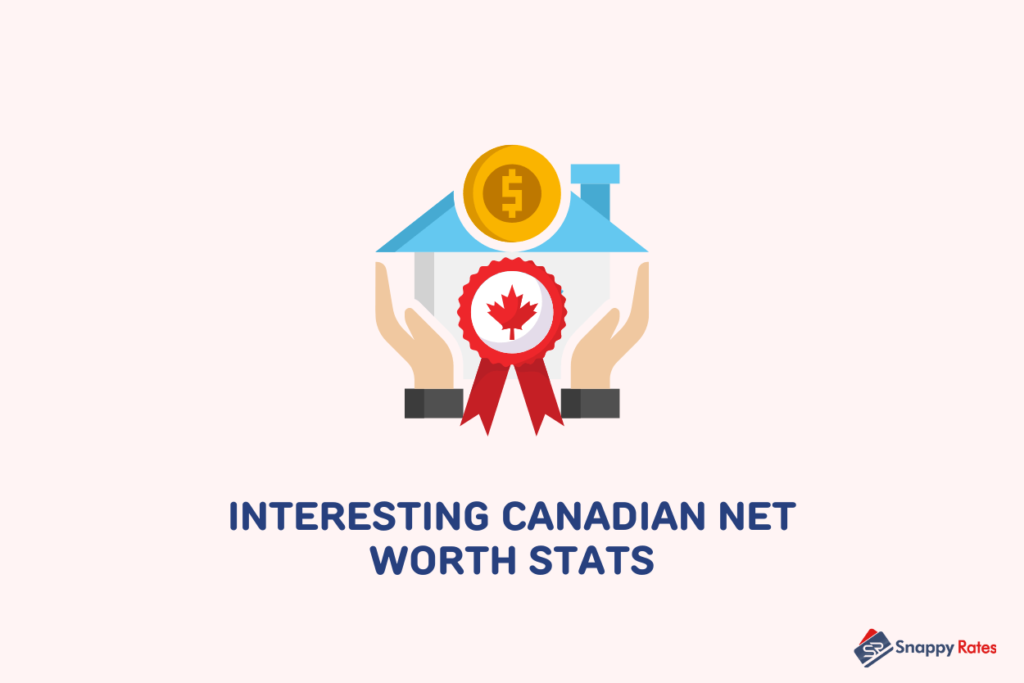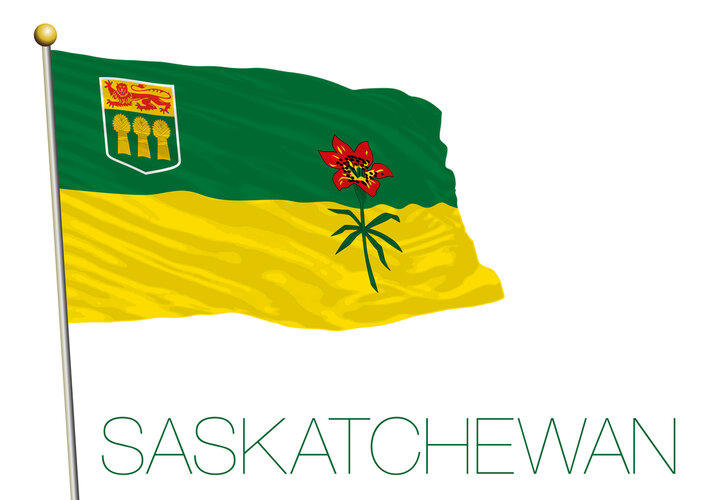As of the most recent census, Canada’s housing market includes 15.5 million homes, and 66.5% of Canadians own homes.
With Canada’s population sitting at 38 million people, that means there are about 25 million Canadians who own houses. This is all to say that Canada’s real estate market is a hot topic for many of us.
If you’re one of the many Canadians who own a home – or hope to one day down the road – then this article is for you.
We’ll cover a range of must-know statistics about the Canadian real estate market so that you can stay in the know and make informed decisions about housing, real estate investing, renting, and more.
Interesting Canadian Real Estate Statistics
Canada’s real estate market is constantly changing and growing, meaning that only the most recent statistics are worth reviewing.
In this comprehensive guide, we’ve compiled real estate measures from the past three years in order to provide only the most up-to-date, relevant information. Read on to answer all of your real estate questions.
General Real Estate Statistics
In 2019, Canada passed the National Housing Strategy Act, which affirmed that people don’t just need a home, they have a right to have one.
That law has prompted increased focus on providing affordable housing to people throughout Canada, regardless of their income or other demographic factors.
Due in part to the provisions of the National Housing Strategy Act, demand for social and affordable housing (SAH) has increased substantially.
In 2021, 3.8% of households across all ten (10) provinces lived in SAH, and SAH represents 11.9% of all renter households.
Because of this high demand, wait times for SAH have also skyrocketed. Many renter and owner households have reported waiting two years or longer to gain access to SAH.
Housing Market Statistics
Homeownership rates in Canada have fallen in recent years. After peaking at 69% in 2011, they’re down to 66.5%. Year-over-year growth in renter households was 21.5%, more than double the year-over-year growth rate of 8.4% in owner households. Renting is clearly taking off as house ownership rates are declining.
This trend has been bolstered by construction patterns. In the five years ending in 2021, over 40% of new builds were tenant-occupied.
Construction companies are responding to the demand for rental properties by building more of them, perpetuating this cycle.
Home Prices
In the past five years, home values have risen across provinces and in both large and small municipalities.
In Ontario, 77.8% of census subdivisions (CSDs) saw home values rise over 50%. In British Columbia, 46.1% of CSDs saw the average home value rise by over 50%.
More recently, however, home prices have begun to fall again. According to CBC News, housing prices in 2022 dropped 10% from prices in 2021 and 20% from their peak last February.
In October 2022, the national average home price was $644,643. This is a sharp drop from February’s average price of $816,720.
In terms of satisfaction with these home prices, 69% of Canadian households reported being satisfied with the affordability of their dwellings.
This satisfaction rate increased with age. Households led by seniors aged 65 and older reported an 80% satisfaction rate.
Impact of COVID-19 on Home Prices
From the beginning of the pandemic in March 2020, housing prices in Canada have jumped 34%. The gap between annual household income and housing prices is greater in Canada than it is in any other G7 country.
According to RBC economist Robert Hogue, housing affordability hit a 31-year low at the end of 2021.
Aggregate home ownership costs rose to 47.5% of median household income in the third quarter of 2021. In other words, COVID-19 has driven up housing prices as well as interest rates.
Effect of Rising Interest Rates
Bank of Canada raised its rate seven times in 2022 in an effort to fight inflation. The bank took its rate from functionally zero to its highest level since 2008, leading to the fastest-paced rate hikes since it began inflation targeting in the 1990s.
The current rate is at 4.25%, and it’s having an outsize effect on variable rate mortgage holders.
Related: Learn about Simplii mortgage rates in our detailed review.
Real Estate Statistics by Province
Average house prices in Canada are up, although there are stark differences in price points between each of the ten (10) provinces and the three territories.
The average price of a Canadian home stands at $727,300. Prices in British Columbia and Ontario are higher than average, clocking in at $991,400 and $841,300, respectively.
Real estate prices in Canada’s major cities have generally fallen since 2021. The average home price in Vancouver, Canada’s most expensive city, increased by 1% year over year, but prices in Greater Toronto decreased by 5%.
Prices in Fraser Valley decreased by 8%, prices in Victoria decreased by 4%, and prices in St. Catharines decreased by 10%.
Size of Real Estate Market
In 2020, the Canadian real estate market had total revenues of $58.5 billion.
That figure represents a five-year compound annual growth rate (CAGR) of 1.8%. Canada’s residential real estate investment is 6.7% of the nation’s GDP, a number that’s shockingly high compared to other G7 countries.
Mortgage Debt
About one-third of Canadians hold a mortgage, meaning that there are about 12 million mortgages currently in play. The average loan size in 2022 was $363,654, though this varies greatly across the provinces.
BC has the highest average loan value at $496,262, and Ontario ranks a close second, with an average loan size of $469,202.
Mortgage delinquency occurs when homeowners are at least 30 days overdue on at least one mortgage payment. Overall, Canada has a mortgage delinquency rate of 0.14% on average.
Saskatchewan’s delinquency rate is the highest among the provinces at 0.51%. These rates have recently risen with the uptick in interest rates, and as many as 4% of Canadians (or 1.5 million homeowners) have fallen behind on their mortgage payments.
Related: Find out these personal loan debt statistics in Canada.
Housing Market Crash
Some people believe that the Canadian housing bubble has already begun to burst. Prices at the end of 2022 were down 25% from their values in the first quarter of the year.
An examination of home affordability (the ratio of mortgage payments to income) yielded the estimate that home prices will have to drop another 25% to return to their normal state.
While declining housing prices may sound nice from a homebuyer’s perspective, it can have some serious economic consequences.
A 25% drop in home values would decimate roughly $1 trillion in home equity, which is enough to cause serious negative wealth effects for homeowners.
References
FAQs
Are housing prices dropping in Canada?
Housing prices are currently on the decline in Canada. After peaking in February 2021, prices dropped 25% throughout the year 2022.
The Financial Post predicts that prices will have to drop another 25% to return to their historic average, meaning they’re probably still on the decline.
Is Canada facing a housing crisis?
Many people believe that Canada is facing a housing crisis as homeownership becomes increasingly expensive.
An average of 62.7% of annual household income is now required to cover the costs of owning a house, a value that blows historic precedent out of the water.
When was the last housing market crash in Canada?
The last housing market crash in Canada happened during the recession of the early 1990s. Canada faced low commodity prices, a huge national debt, and a weakening Canadian dollar.
A parallel recession in the U.S., Canada’s largest trading partner, contributed to the issues. While the U.S. saw a historic housing crash in 2008, Canada did not experience one then.
Related:





